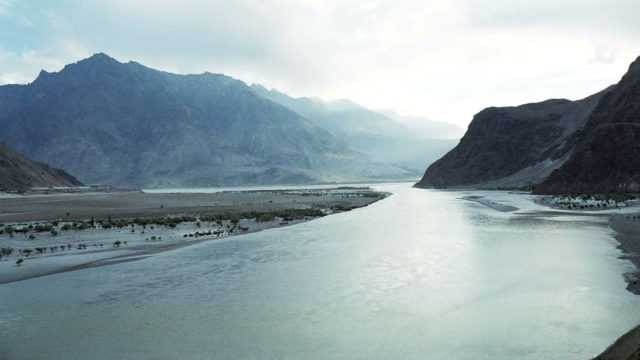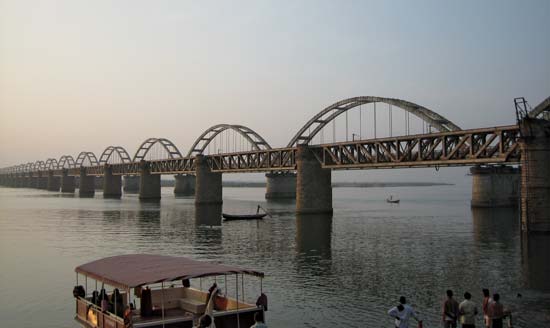Indian Rivers, The Holy Places for Hindus
Essential Rivers in India:
Indian Rivers played a significant role in developing the Civilization. Every Civilization in the world grew at the banks of the Rivers. Without the Rivers, it is tough to sustain lives on earth. They also provide everything like drinking water, transportation, and food. Many people have depended on the Rivers for their food and earnings.
There are many rivers in India; some are very important. They are Ganga, Yamuna, Indus, Brahmaputra, Narmada, kauery, Godavari and Krishna.
Indian rivers Ganga:

Ganga is a very sacred River to the Hindus. The Hindus worship the Ganga River, and the famous ancient city Kasi is on the banks of the Ganga river. The River flows from the point of Gangotri in the Himalayas Mountains. It influxes around 2525 km around North India and finally merge into the Bay of Bengal. It also has 3 rd largest River in the world. Famous cities like Varanasi, Kolkata, Allahabad and many towns are developed at the banks of the River Ganges. The world-famous Sundarbans Delta was also formed due to the Ganges flow in West Bengal. During the festival seasons and remaining on auspicious days, the Hindus gather at the bank of the River Ganga, worship the River, and take a holy bath in River Ganga. Hindus treat the Ganges as their mother.
Yamuna:
Yamuna River was also born in the Himalayas. The River’s total length is nearly 1376 km, and it travels through many states in North India. It merges with the Ganga River at Triveni Sangamam near Allahabad. Famous cities in India like Delhi, Yamuna Nagar, Agra, Mathura and Allahabad are also situated on the River Yamuna’s banks. The world wonders Taj Mahal also formed at the banks of the River Yamuna. The primary water needs of the Delhi people are fulfilled with the Yamuna water.
Brahmaputra:

The Brahmaputra River originated in the Northern Himalayas in Tibet. From there, the River enters India through Arunachal Pradesh and travels to some other eastern states of India. Approximately the River travels 2900 km and merges with the Padma River in Bangladesh. Later the two rivers emptied into the Bay of Bengal. The vital city of Guwahati is also situated on the bank of Brahmaputra.
Indus River:
The Indus River has historical significance in Asian History. Indus Valley civilization also developed on the banks of the Indus River. The name of India was also formed due to the Indus river. It originated from the Tibetan Plateau, flows through Pakistan, and merges into the Arabian sea. It almost travels a distance of 3180 km.
Mahanadi River:
Mahanadi River also has another name, the ruin of Orissa. During the rainy season, its flows surpass and cause devastating floods. The River flows through Chhattisgarh and Odisha, and the water has been used for irrigation and drinking in the states. The River flows a length of 858 km and has a 1.42 sq. km basin area, a vast in India. The major cities like Cuttack, Sonepur and Sambalpur are situated on the River Mahanadi banks.
Godavari:

The Godavari is one of the longest rivers in South India, called Dakshin Ganga, and the second largest River after the Ganges. The River originated from Maharashtra and flowed through Andhra Pradesh and Telangana. It travels nearly 1465 km and finally merges into the Bay of Bengal. Rajamahendravaram, the famous historical city of Andhra Pradesh, is situated on the banks of the Godavari River.
Krishna:
The River is also very famous in South India and has another name called, Krishnaveni. The River is one of the longest rivers in India after Ganges and Godavari. The river-oriented from Mahabaleshwar in Maharashtra and flows through Andhra Pradesh and Karnataka. It travels nearly the distance of 1400 km and finally merges into the Bay of Bengal. The famous temple city Vijayawada is situated on the Bank of River Krishna.
Kaveri:
The Kaveri River is one of the famous rivers in South India and is also massive in India. The River originated from Talakaveri, the Western Ghats of Karnataka. The River flows through Tamilnadu and Karnataka states and merges into the Bay of Bengal. It travels nearly 765 km.
Narmada:
Narmada River is beneficial to the people of Madhya Pradesh. It contributes to the state in many ways, like irrigation and water supply to the major cities in Madhya Pradesh. The River originated from Narmada Kund, Amarkantak, in Madhya Pradesh. The River flows through Madhya Pradesh and Gujarat, travels nearly 1312 km, and merges into the Arabian Sea.